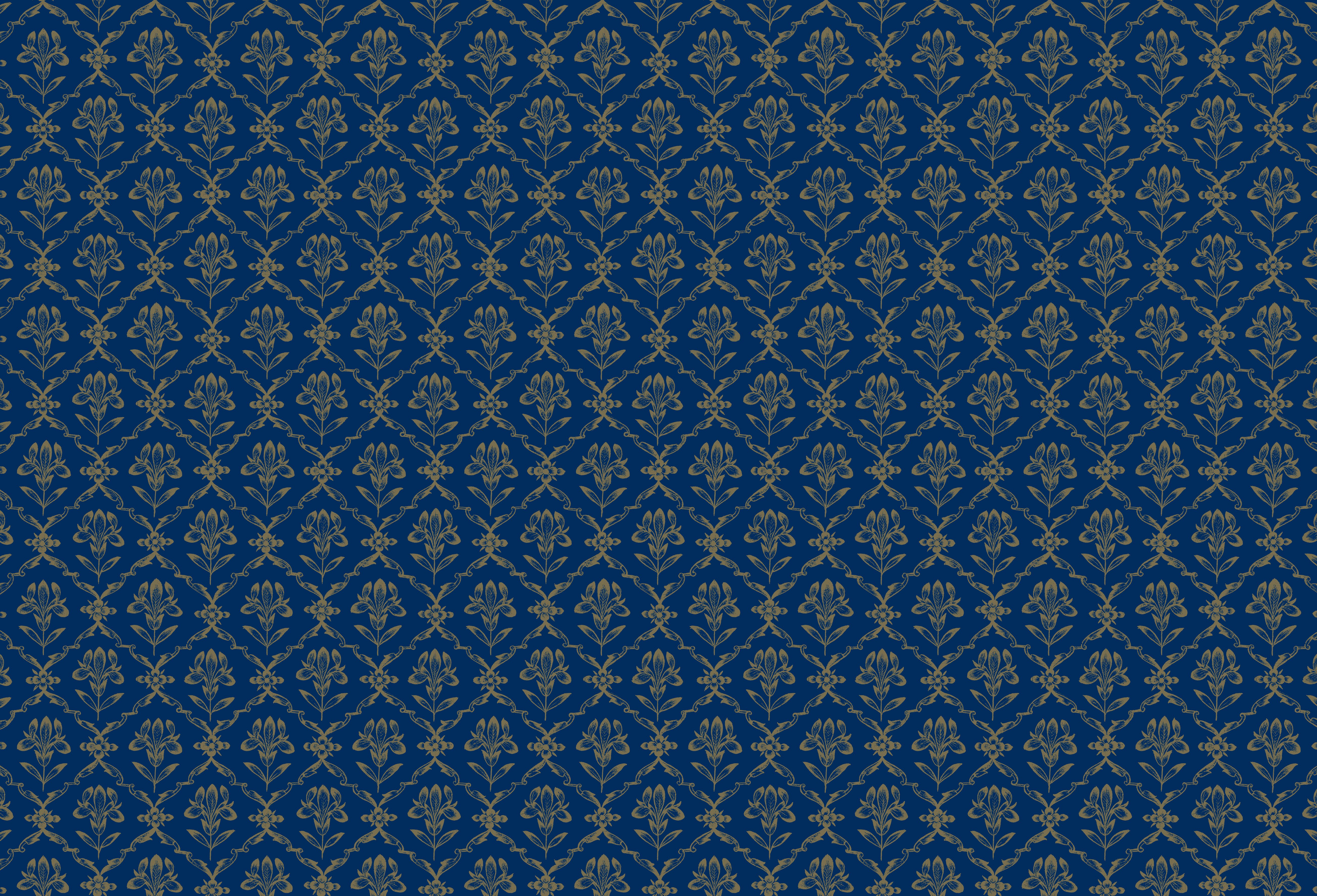
Eastern Encounters
Drawn from the Royal Library's collection of South Asian books and manuscripts
Verses of Persian poetry by Muhammad Husayn Kashmiri and Mir Ali
Mughal, <i>c.</i>1600Folio from an early Mughal album (see cat. no. 3) | A composite page: black ink and opaque watercolour with gold metallic paint and leaf on marbled, gold-flecked and dyed papers; set into margins of gold metallic paint on light brown paper | 37.0 × 23.9 cm (folio); 26.2 × 14.5 cm (panel) | RCIN 1005039
Verses from four separate pages of calligraphy have been cut up and artfully arranged on this folio, separated by narrow bands of coloured and finely illuminated paper. On the right is a verse signed faqir [‘the poor’] Ali, a common autograph of the early sixteenth-century master calligrapher Mir Ali.[17] Mir Ali had a profound influence on the Kashmiri calligrapher of the other texts on this page, Muhammad Husayn (see cat. nos 1, 5, 8 and 11). The most famous of all Mughal calligraphers, Muhammad Husayn was praised by contemporary commentators as the modern equivalent of the great Mir Ali.[18] In affirmation of this, their work was often brought together in album pages.
The main panel contains illuminated couplets in praise of the Prophet Muhammad:
Necessary pearl of the Sea of Eternity
Messenger of Yathrib and Bat’ha:
To Prophecy you are him who clutches the Book
Who by his grandeur leaves the sun behind[19]
Although beautifully written verses like these may have been specifically intended to be pasted into albums, many were produced with the intention of being grouped into narrow, pocket-sized volumes of poetry bound at the top edge so that they opened like a notebook. A mini-anthology of this type can be seen in a painting from this album (cat. no. 9), in which a prince reads to his companions from the manuscript.
EH/ASMC
[17] For Mir Ali of Herat see Schimmel 1987.
[18] Abu'l-Fazl, the important court historian during the reign of Akbar, wrote of Muhammad Husayn that ‘art critics consider him equal to Mir Ali’. Ain-i Akbari, vol. 1, p. 109.
[19] Translation by Assadullah Souren Melikian-Chirvani.







